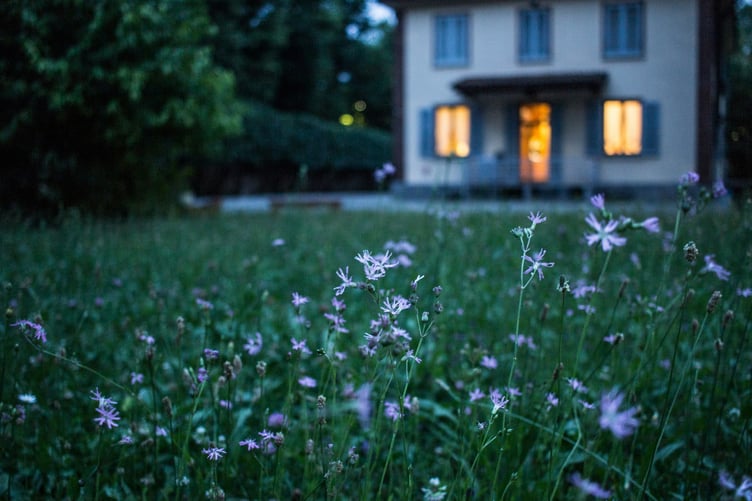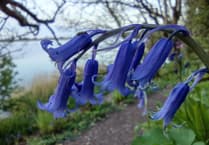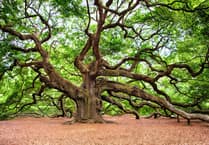As the new gardening season approaches, time-pressed gardeners may be attracted to the rolls of artificial turf for sale outside hardware stores, but beneath their green surface lies a host of environmental and wildlife concerns.
Every square metre of artificial grass contains several kilos of plastics, like polyethylene, made from fossil fuels and adding to the ever-growing plastic pollution. It sheds microplastics into the soil and water, along with chemicals like those that prevent colour fading and mould growth. A study in ‘New Scientist’ found that 15% of microplastics in rivers and seas come from plastic grass.
While the plastic may last for ever, the lawns have a lifespan of around 10 years as the plastic grass blades get worn down and flattened. Whatever installers may claim, it is not currently possible to separate and clean the plastics to recycle artificial grass; it will most likely be incinerated or go to landfill. Also, plastic lawns are not as maintenance-free as claimed, needing regular brushing, washing and hoovering.
Fake lawns have no wildlife benefit and soil creatures cannot survive in the compacted ground beneath a carpet of plastic. In contrast, living lawns provide homes for beetles, insects and caterpillars, birds feed on the lawn, and ground-nesting bees make their nests.
A natural lawn is more sustainable, and you can save time by mowing less. A higher mowing height and less frequent mowing help the lawn to stay green in dry weather. For the cost of an artificial lawn, you could avoid mowing altogether and buy a robot lawnmower or hire a gardener.
Lawns rich in clover grow slowly so need less mowing and don’t need fertilising. Adding clover to your lawn makes it more tolerant to drought so it stays green all year. The sweet-scented flowers are great for bees and insects.
A wildflower lawn can be created by simply allowing existing lawn grass to grow longer and cutting it only once or twice in summer after the flowers have set seed. Mowing paths of shorter grass through the long grass is attractive.
To quickly establish a new lawn, you can purchase wildflower turf. Meadows are among the best wildlife habitats, with nectar-rich flowers and tussocky grass to shelter solitary bees and ground beetles.
An alternative low-maintenance option is to replace the lawn with perennial plants and grasses. In a sunny space, gravel can be planted through with Mediterranean plants for pollinators, and for shady areas, paths and play areas, woodchip and bark make a cheap, soft covering. Planting with shrubs and evergreens provides greenery all year round, offers places for birds to nest, and can provide seclusion and privacy.
As Guy Barter, chief horticulturist at the Royal Horticultural Society, concludes, “There are better solutions that would give people more pleasure than just looking out at a sheet of slowly degrading plastic.”
:: What do you think? Send your opinion to [email protected] and we may use your comments in next week’s letters page. Please keep your submission to no more than 300 words.





Comments
This article has no comments yet. Be the first to leave a comment.